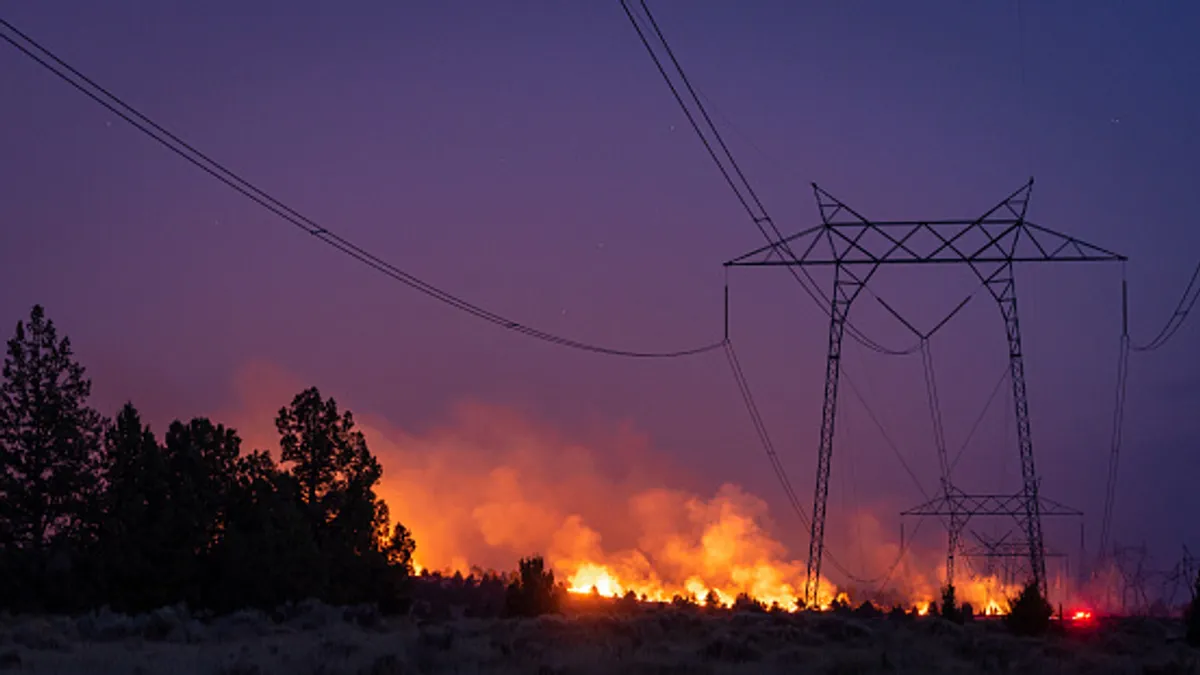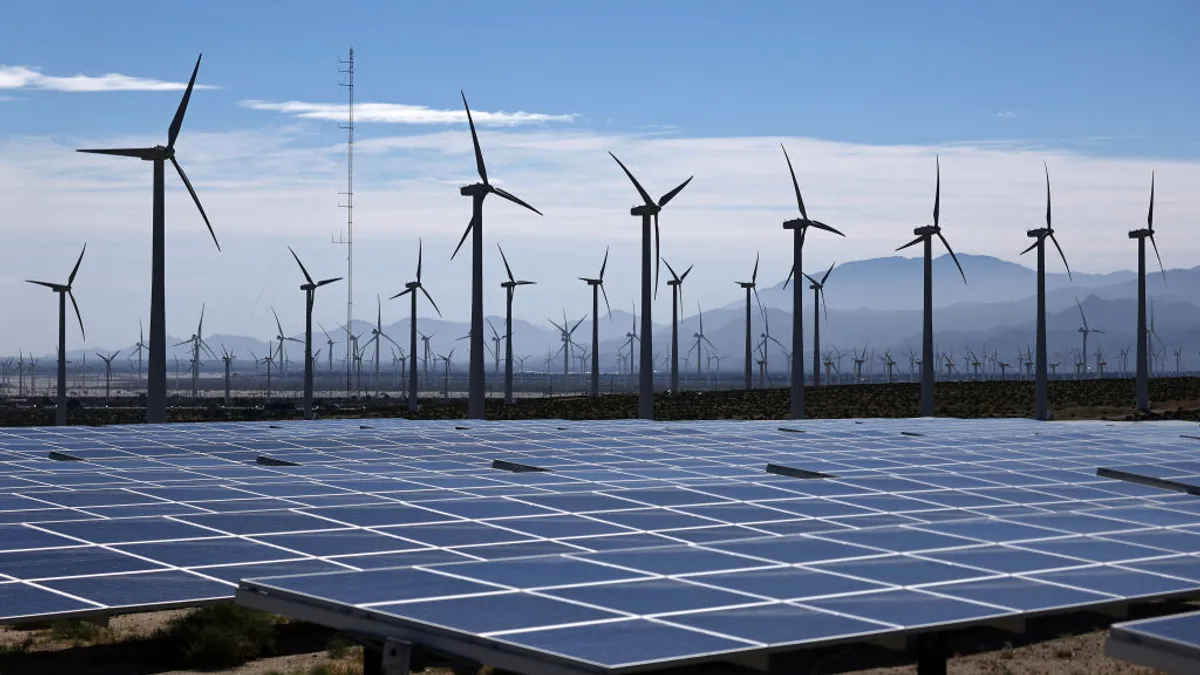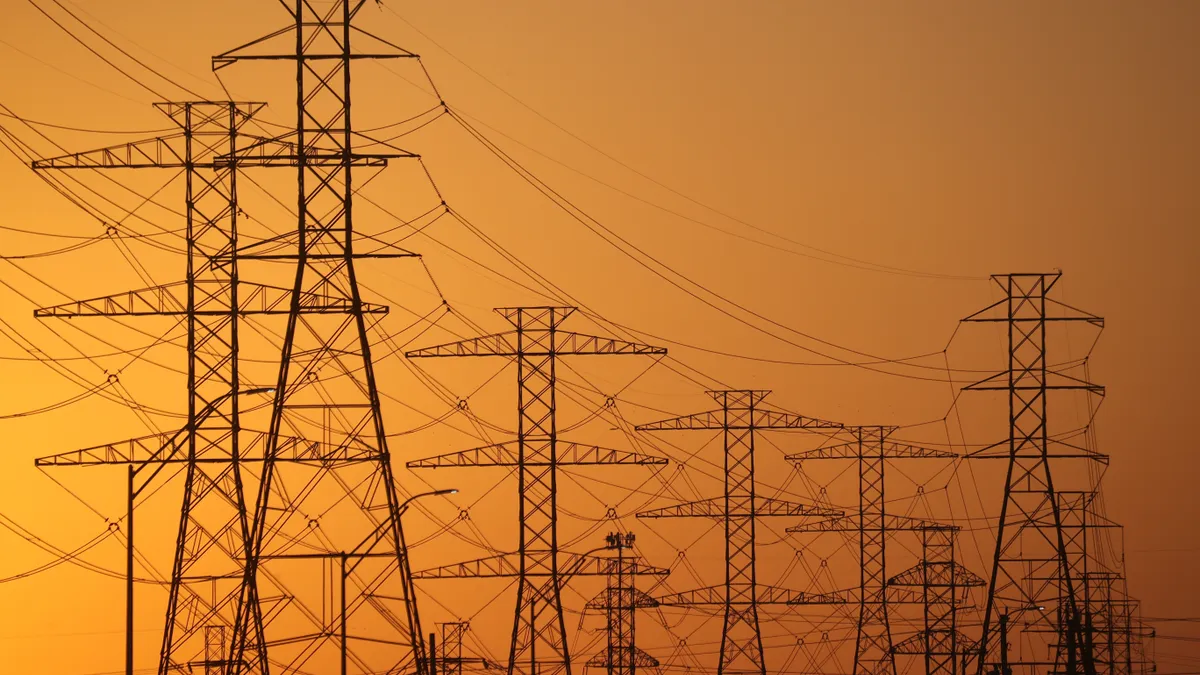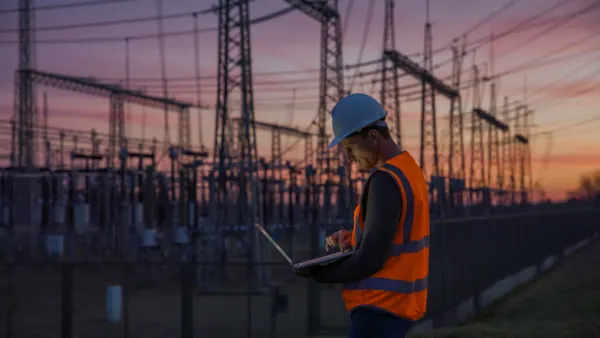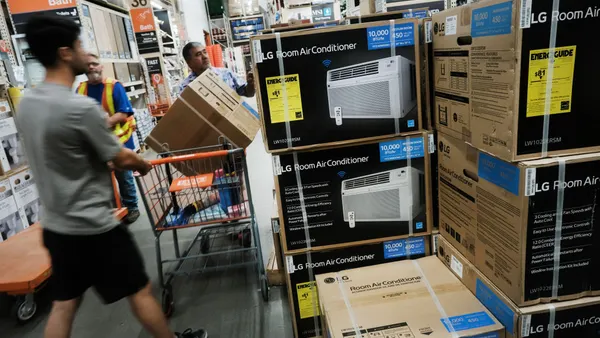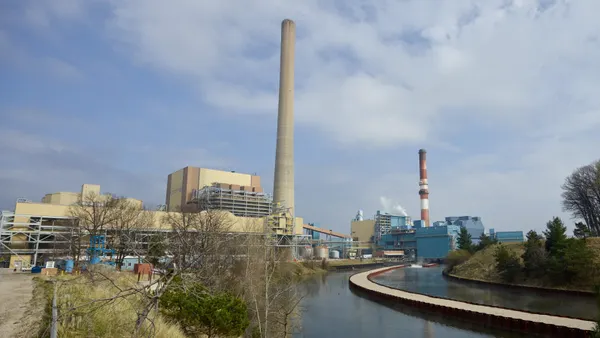Wildfires are becoming more frequent and severe, posing a major challenge for electric utilities. Electric utilities have a duty to protect public safety, so they are working to reduce wildfire risk and improve their ability to predict, mitigate, and respond to wildfire incidents. They are also investing in science and technology solutions to help them make better decisions about proactive de-energization, or public safety power shutoffs. There is a perception that proactive de-energization events are triggered at the slightest possibility of risk, or the whiff of smoke in the air. Yet, leading electric utilities are utilizing technology to make proactive de-energization more surgical for where it is employed, shorter for its duration, and successful through important post-event validation modeling to prove, “what could have been”.
Proactive de-energizations are a last resort to protect the public from wildfires, but they can have a significant impact on customers, especially those at-risk populations like the elderly and those with chronic health conditions who rely on electricity for medical needs or air conditioning. Medical facilities and certain businesses are also at risk when power is lost. Electric utilities already work with these at-risk populations to provide more advanced warnings of shut-offs and provide support for medical needs, often providing generators and other support as interim measures during events. Electric utilities also work to use proactive de-energization less often and more precisely. They are investing in technologies that provide them with more targeted options for specific high-risk areas and for individual circuits and sub-circuits. This helps to reduce the risk posed by wildfires and minimize customer impacts caused by proactive de-energizations.
Here are some of the ways that electric utilities are using technology to improve their proactive de-energization decision-making:
- Wildfire science models: Electric utilities use advanced wildfire science models of fire behavior to predict which assets may be prone to failure and ignition, and most importantly, where and when consequential wildfires are likely to occur. These models help support hundreds of millions of fire spread prediction simulations that produce risk forecasts and real-time execution within seconds to generate “what-if” scenarios. Leveraging this data, days in advance based on forecasted weather conditions, provides decision-makers with actionable data to decide where they must de-energize power lines. These simulations also help separate out those events that must proceed to a de-energization and those that can be monitored but do not need advanced de-energization.
- Weather forecasting: Electric utilities also integrate current weather information and accurate multi-hour and multi-day forecasting to gauge weather conditions that could lead to their assets causing an ignition and predict when wildfires are likely to occur. This improves the planning for de-energization events and helps decision-making about field operations to ensure crew safety and reduce the risk of an accidentally caused ignition.
- Validation: Following a proactive de-energization event, electric utilities must explain to regulators and the public that lines are safe to turn back on and that their shut-offs averted an ignition. For this, equipment surveys are conducted and for those assets where damage occurred and an ignition was likely, highly accurate fire spread modeling is used to estimate what could have been, if not for their actions. This information is part of a process to validate and assess the de-energization to aid decision making for the future.
With the benefit of wildfire science technology, electric utilities are becoming more efficient in how proactive de-energizations are utilized and better able to reduce the impacts that these tactics have on their customers. They are actively investing in technologies that provide them with more targeted options for specific high-risk areas, rather than shutting off power to large areas and for longer periods. They are also gaining valuable tools that allow them to show how their decision-making saved lives and property. Learn more about the wildfire modeling science behind this work and how that science is put into practice.

